Chat With Us
+91 99253 379696 Factors Affecting Disc Plough Performance and How to Fix Them
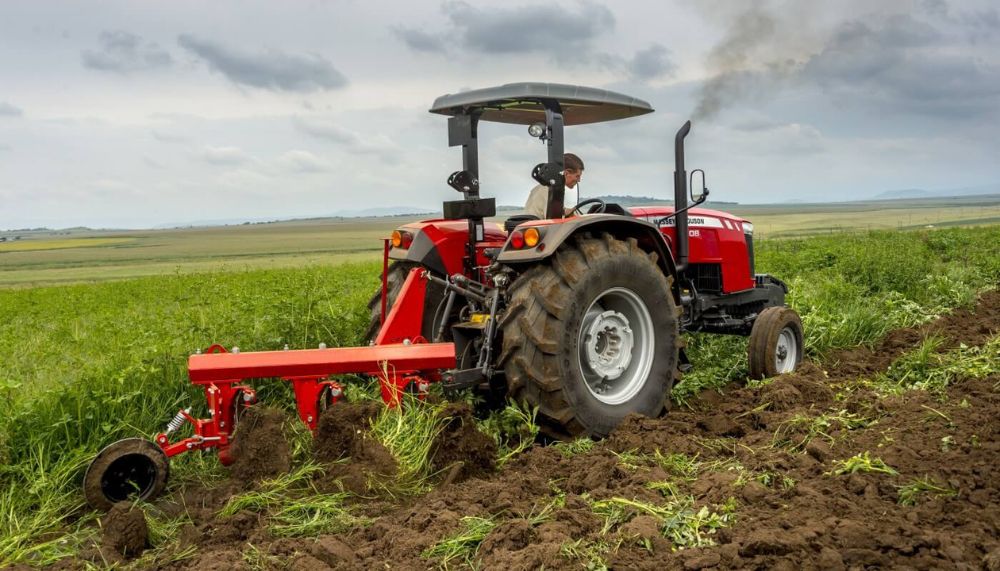
Disc ploughs nowadays are the fundamental equipment used for primary and secondary tillage activities in different agricultural practices. It is an effective equipment that prepares the soil for plantation and improves soil productivity.
However, several factors can restrict the performance of a disc plough. This can cause severe damage to the soil and also can affect the soil quality and productivity.
Thus, it is viable to understand the factors that can limit the effectiveness of a disc plough and how you can ignore such factors through minimal adjustments.
6 Factors Limiting The Performance Of A Disc Plough
1. Soil Type
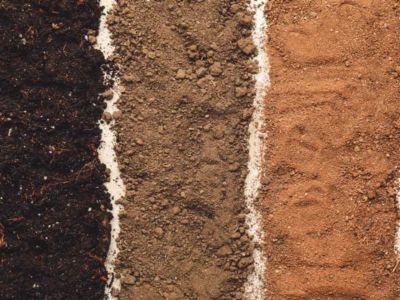
Soil type is one of the most common factors that can affect the performance of a disc plough. The efficiency of the plough can vary according to different soil types. For example, penetration is very easy and comfortable in sandy soil compared to loamy soil and harder in stony soil.
The coarse texture and insufficient moisture in the soil can challenge the performance of the disc plough. As the blades have to put extra effort into penetrating and digging dip into it for a perfect inversion.
During this course, the plough pose can get overly impacted and added pressure can damage its several parts. Therefore, it is advised to continue ploughing in phases in such soil types for desired results.
2. Disc Angle
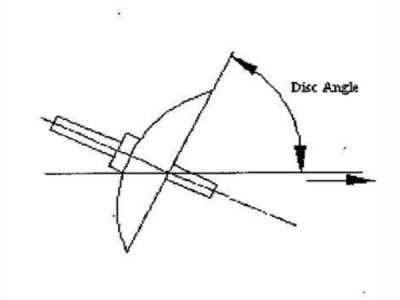
Disc angle critically provides the guiding path to penetrate the surface. It is one of the major adjustments that you can use to improve productivity.
However, a poor disc angle adjustment can lead to several undesired problems. The angle refers to the tilt that discs create with the ground. It provides direction and controls the motion of blades in the direction of travel.
If the angle becomes larger it can aggressively destroy the soil surface and can damage the humus content. Conversely, a smaller disc angle can reduce the depth of penetration and result in shallow tillage operations. Thus, it is necessary to adjust the disc angle perfectly for higher efficiency.
3. Tilt Angle
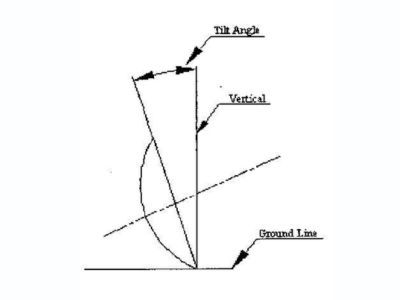
Disc angle serves the horizontal path to the disc and on the other hand, tilt angle provides vertical motion to the discs. Tilt angles decide how effectively the discs can turn over the soil after penetration.
A steeper angle can cause excessive soil disturbance and can lead to increased soil damage. It can cause unnecessary fuel consumption and energy loss too. Conversely, if the tilt angle is too large then the disc may not create a desired inversion.
It can serve limited weed control and abrupt tillage activity. The ideal tilt is considered between 15 to 25 degrees. The right tilt adjustment helps you in enhanced soil inversion and levelling.
4. Disc Sharpness
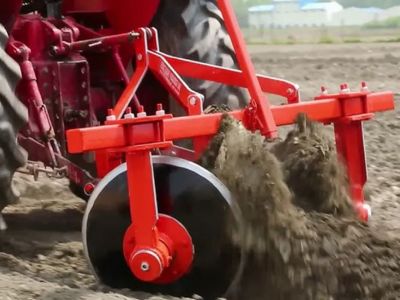
Disc Sharpness and its condition are cumulative factors that can significantly influence the performance of a disc plough. You need to choose the right blades for the right condition to gain an optimal output.
Sharp discs serve as a perfect choice for tough soils. They can easily penetrate the surface without causing any aggressive wear and tear. But on the same page, sharp blades can disrupt the surface in other soil types like clay and loamy. On the contrary, dull blades face challenges in penetrating the soil surface and result in poor performance.
Therefore, it is necessary to maintain a good condition of blades for better performance. You can sharpen dull blades before the ploughing season and can improve their productivity. Regular maintenance and inspection also help you to enhance their potential.
5. Depth Adjustment
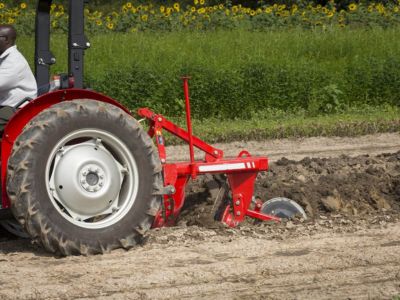
Depth adjustment is one of the most critical adjustment factors that can directly affect the performance of a disc plough. Fine-tuning of depth setup results in perfect soil inversion and weed control.
It is critical to ensure healthy crop development. Inappropriate depth set-up can be disruptive digging and poor performance. It can affect soil aeration and nutrition content. Which can obstruct root development in future.
If the depth is shallow, the blades will not be able to reach the right point for an effective turnover. In contrast, if the depth is too deep it can destroy the nutritious core and lead to soil erosion. Thus, adjustment of depth according to different soil conditions becomes an important practice.
6. Tractor Speed
Modern disc ploughs are tractor-operated and the speed of the tractor can significantly impact the performance of blades.
If the speed is too high it can lead to destructive soil inversion. The results can cause poor soil fragmentation and can create an uneven surface that is unhealthy for seeds to grow.
On the other hand, if the tractor speed is too low it can disturb the momentum of blades that can cause dysfunction of the plough. Extremely slow speed can damage the vital functioning parts of the blade due to high pressure. Moreover, the inappropriate speed of a tractor can cause higher fuel consumption and energy loss.
Wrap Up
No doubt, a disc plough is an amazing piece of equipment that can provide terrific results during soil inversion procedures. But it is still a machine, therefore proper maintenance and care is important to ensure efficiency.
You can easily get rid of the above-stated risk factors by following the manufacturer's guidelines for the operation disc plough and scheduling regular maintenance of your plough.
You May Also Like:







